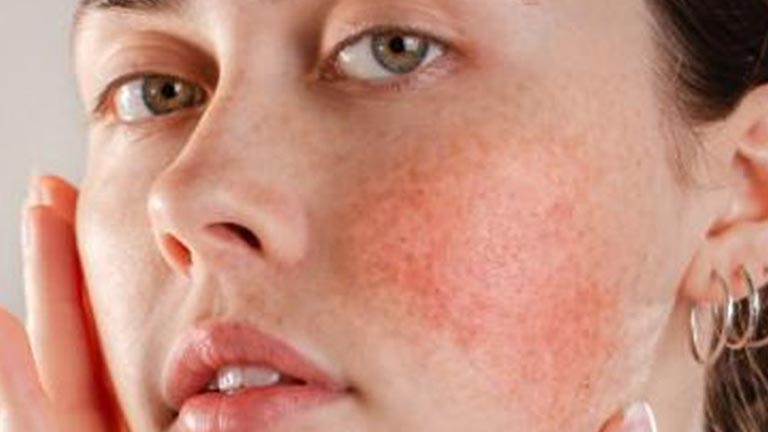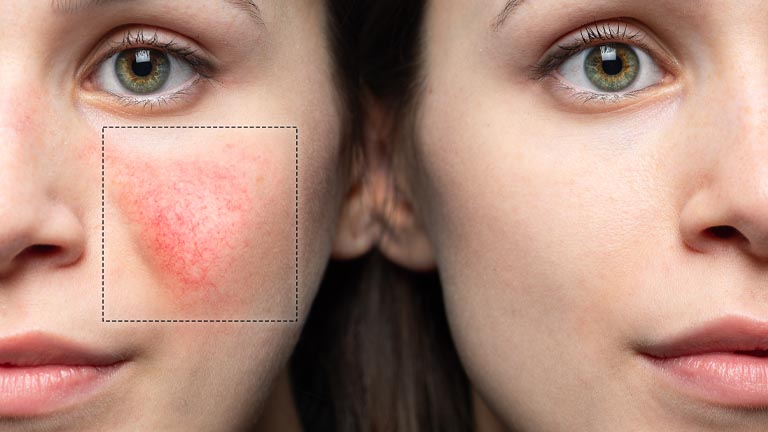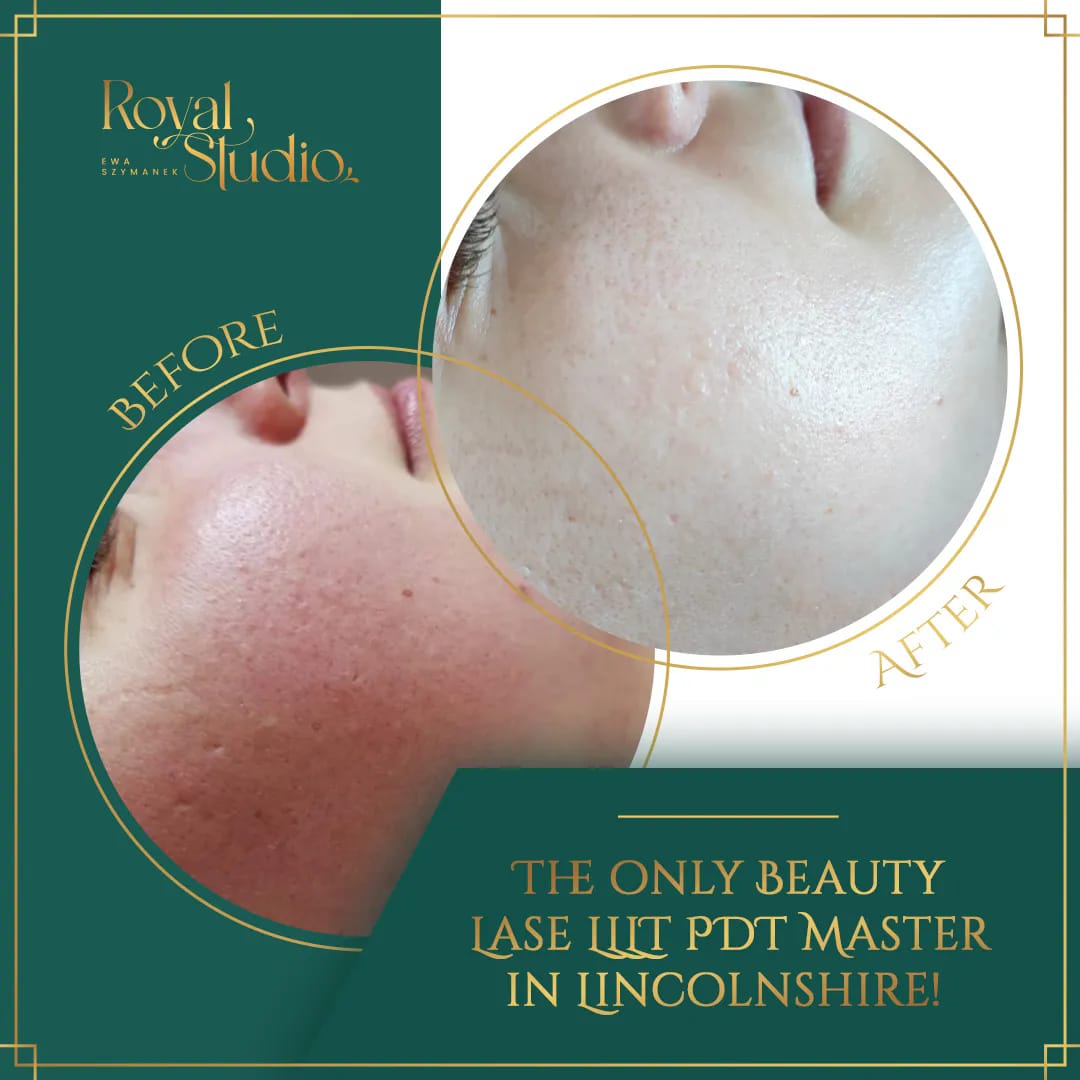Among the plethora of available treatments, we can find those that are truly effective. One of the valuable and irreplaceable options in medicine and cosmetology is the use of retinoids, such as vitamin A and its derivatives. Chemical peels are also effective in addressing skin damage and pigmentation issues. These include kojic acid, phytic acid, pyruvic acid, and tranexamic acid (TXA) peels. In cases of severe photoaging, skin exfoliation is often performed using 50-70% glycolic acid or 30-35% trichloroacetic acid solutions. Chemical peels are highly regarded and effective treatments for various skin problems in cosmetic salons.
Micro-needling mesotherapy, also known as microneedling, is one of the few treatments that provides an excellent alternative. It enhances the permeability of the epidermis, allowing active substances to penetrate deeper layers and influence melanocytes. The micro-punctures themselves help calm overactive melanocytes. This treatment can be combined with other therapies to optimize results, such as combining it with vitamin C, a potent antioxidant that reduces the effects of oxidative stress and has a brightening effect.
Furthermore, there are various other skin-friendly devices in cosmetics that work based on scientific skincare methods. They act precisely on specific skin concerns, offering targeted solutions.





Leave a Reply